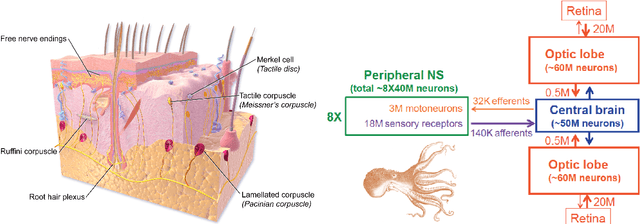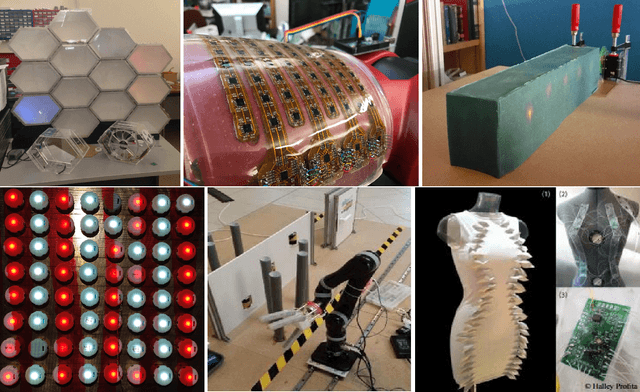New Directions: Wireless Robotic Materials
Paper and Code
Aug 15, 2017

We describe opportunities and challenges with wireless robotic materials. Robotic materials are multi-functional composites that tightly integrate sensing, actuation, computation and communication to create smart composites that can sense their environment and change their physical properties in an arbitrary programmable manner. Computation and communication in such materials are based on miniature, possibly wireless, devices that are scattered in the material and interface with sensors and actuators inside the material. Whereas routing and processing of information within the material build upon results from the field of sensor networks, robotic materials are pushing the limits of sensor networks in both size (down to the order of microns) and numbers of devices (up to the order of millions). In order to solve the algorithmic and systems challenges of such an approach, which will involve not only computer scientists, but also roboticists, chemists and material scientists, the community requires a common platform - much like the "Mote" that bootstrapped the widespread adoption of the field of sensor networks - that is small, provides ample of computation, is equipped with basic networking functionalities, and preferably can be powered wirelessly.
 Add to Chrome
Add to Chrome Add to Firefox
Add to Firefox Add to Edge
Add to Edge